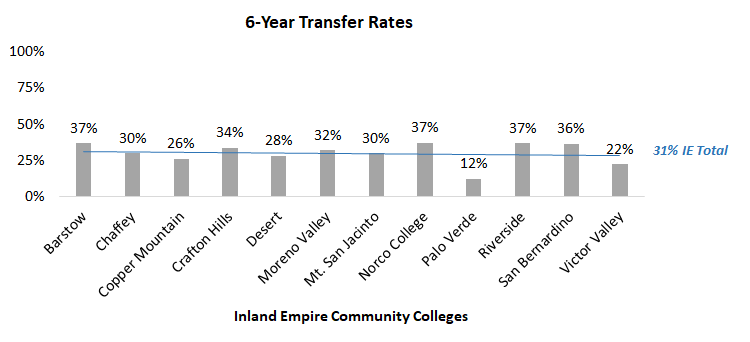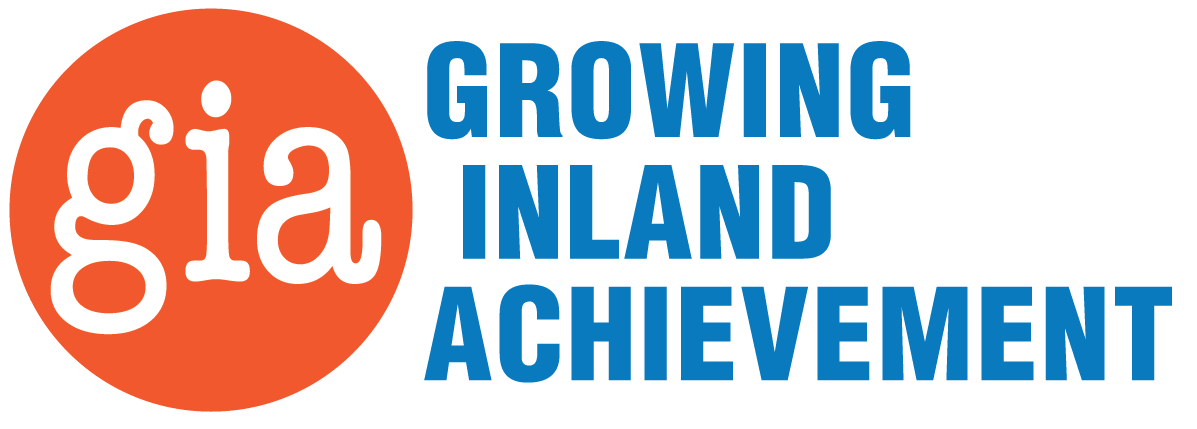action network teams
Advising & Transfer
The Advising & Transfer ANT aims to reduce the institutional barriers that impede equitable access to higher education and progression to a four-year college or university. This ANT targets advising and transfer challenges at high school and community college. These efforts are described below in more detail. The Advising & Transfer ANT meets the second Wednesday of each month to discuss projects related to these goals. Check out the full tactical plan to learn more.
High School Transfer Support: Dual Enrollment and Early College Credit
At the secondary level, the ANT is focused on improving communication and advising strategies to ensure students have clear post-secondary education pathways and career goals. Promoting greater participation in dual enrollment and other early college credit programs while in high school is a key focus of this work to improve high school graduation rates, ensure students are college and career ready, and ease the transition from high school to college.
Participation in dual enrollment and early college credit programs is connected to a number of benefits. One study found that participants were more likely to attend and graduate with an associate or bachelor’s degree, resulting in a lifetime benefit of $58,000 per student.1 The Career Ladders Project summarized previous studies that highlighted that these benefits are particularly salient for young men of color, low-income students, and first-generation college students.2
Dual enrollment and early college credit programs are an area of focus because California has trailed behind national averages in participation, despite wide gaps in student achievement and thus high potentials for benefiting from these programs (see Dual Enrollment Initiative).2 In the Inland Empire, only 8% of the graduating cohort in 2020 participated in Dual Enrollment (see Dual Enrollment Dashboard). Additionally, recent legislation was passed in 2016 to expand dual enrollment opportunities for students who are underrepresented in higher education (see 2021 College and Career Access Pathways Act Legislative Report).3 From 2016 to 2020, high school dual enrollment grew by 67% across California,3 and represents a promising strategy for boosting college access and completion efforts in the Inland Empire.
To support the growing commitment to dual enrollment in the region, the Advising & Transfer ANT is working to better understand the dual enrollment landscape in the IE. Currently, ANT members are exploring where dual enrollment courses are offered, identifying schools with successful dual enrollment programs, and determining where dual enrollment efforts can be expanded. This work is being done in conjunction with a dual enrollment task force that is focused on promoting policies that will support dual enrollment.
GIA partnered with the Inland Empire Community Foundation to arrange a series of fact-finding meetings on behalf of the task force to better understand the landscape for dual enrollment and early college credit and then create action around those findings. A summary of actions to date include:
- Four “DE in the IE Conversations” held among Inland Empire and statewide stakeholders involved with DE. Participants included DE students, hands-on staff, organizational leaders, policy developers, union leaders at both K12 and community college levels, and others interested in working on this issue long term.
- Coalition-building across both the Inland Empire and the state for policy and programs development and sustainability.
- Outreach to committed individuals from key organizations, including student equity advocacy groups, to establish a core group eager to participate in this collective impact effort.
As a result of this effort through Spring and Summer 2021, the following efforts are underway:
- A team of participants has committed to engage in the IE DE project.
- A contact list for institutions and organizations in the Inland Empire along with some additional statewide contacts has been developed.
- Statewide course alignment guidance developed by a K12 school district – community college collaboration has been introduced as a possible model both in the IE and statewide.
- Policy proposal(s) focused on a comprehensive K14 alignment generated to ensure that K12 districts: accept transfer-level community college courses for English composition and math as fulfilling high school graduation requirements; accept community college courses as equivalent to year-long high school courses; and provide a “weighted” grade for all associate-degree applicable courses.
- DE in the IE conversation summaries and highlights have been recorded and will be shared.
The work around dual enrollment and early college credit programs will continue as we look for ways to collaborate and align efforts to support student success.
High School Transition Support: Postsecondary Planning
In the future, the Advising & Transfer ANT will expand their high school transition efforts to support postsecondary planning in high school. When students attend community college, they create an education plan with their counselor to strategize how they will reach their academic and career goals. However, these conversations should be held earlier in their education journey. For this reason, the ANT plans to develop a program where high school students create a post-secondary plan and learn about resources available to support them in their post-secondary journey.
Process to Transfer from Community College to a 4-Year Institution
An important area of work for the ANT is to establish processes and messages to improve transfer rates from community colleges to four-year institutions. Most students in California attend community colleges as part of their postsecondary education and career journey. However, a 2019 report of higher education in California noted that only about 48% of students aiming to receive an associate degree or certificate, transfer to a four-year school, or complete at least 60 transferable units do so within six years.4 Furthermore, this report highlighted that there are sizable completion gaps among racial/ethnic groups. Notably, Asian American and white students were more likely to finish than their Black or Hispanic classmates.4 In the Inland Empire, only 31% of community college students who began school in 2013 successfully transferred within 6-years (see figure below for rates by IE community college).5 Low transfer rates are indicative of a longer time to earn a degree, resulting in greater costs to students (additional $36,000 – $38,000 to attain a bachelor’s degree) as well as taxpayers.6,7 However, students who do eventually transfer are likely to earn four-year degrees.4 For these reasons, it’s critical to identify strategies to improve transfer rates at the IE community colleges.
Figure 1. IE Community College 6-Year Transfer Rates for 2013-2014 Cohort

Source: Data Mart
Previous research has noted the importance of institutional practices to promote students to successfully transfer.8
For this reason, the ANT is focusing on standardizing institutional systems and processes to improve transfer rates in the IE. While all community colleges utilize an alert system that notifies counselors and students when a student reaches a course credit completion benchmark, not all have this set to the same number of units. Some are notified at 45 so counselors can proactively counsel students on their transfer paths; others have them set as high as 90 units. Specifically, ANT members are working to encourage all community colleges to set their alert system to a 60-unit benchmark, the number of units necessary for transfer or completion. The notification will encourage students to meet with their counselor to plan their next steps towards transferring rather than continuing to take courses that will not serve them. This would be supported by campus-wide messaging to ensure students and counselors are aware of how to turn on the alert system and know to set up a meeting when they receive the alert.
This work is closely aligned with the Guided Pathways framework, which focuses on accelerating student transfer and graduation rates, reducing time to goal attainment, and increasing employment with living wages. The IE’s 12 community colleges have established GP teams and are working closely with the California Community Colleges Chancellor’s Office (CCCCO) Guided Pathways Regional Coordinators on full implementation of the Guided Pathways pillars (learn more about the pillars and principles of Guided Pathways here).
Interested in Learning More?
Please reach out to GIA’s Director of Network Engagement, Ida Hermosillo.
Supporting Partners: GIA is grateful to the College Futures Foundation for its commitment to and support of the regionwide implementation of Guided Pathways in the Inland Empire.
Check out this great content!
Many of our valued ANT team members are featured as guests on GIA’s podcast channels. Tune in and hear them talk about some of the educational challenges and opportunities facing the Inland Empire region and the tactical work that is being carried out by the network to drive transformation.
Sources
- Atchison, D., Zeiser, K. L., Mohammed, S., Knight, D. S., & Levin, J. (2019). The costs and benefits of early college high schools. Education Finance and Policy, 1-56.
- Castro, N., and Collins, L. (2018). The dual enrollment landscape: A CLP working paper. Oakland, CA: Career Ladders Project.
- Oakley, E. (2021). College and career access pathways legislative report. California Community Colleges Chancellor’s Office.
- Jackson, J., Cook, K., Johnson, H. (2019). Higher education in California: Improving college completion. Public Policy Institute of California Higher Education Center.
- https://datamart.cccco.edu/Outcomes/Transfer_Velocity.aspx
- Tomas Bustillos, L. (2017). The transfer maze. The high cost to students at the state of California. The Campaign for College Opportunity
- Bell, A., & Valliani, N. (2014). The real cost of college: time and credits to degree at California community colleges. The Campaign for College Opportunity
- Jenkins, D., Fink, J. (2016). Tracking transfer. New measures of institutional and state effectiveness in helping community college students attain bachelor’s degrees. Community College Research Center, Teachers College, Colombia University; The Aspen Institute; National Student Clearinghouse Research Center.

